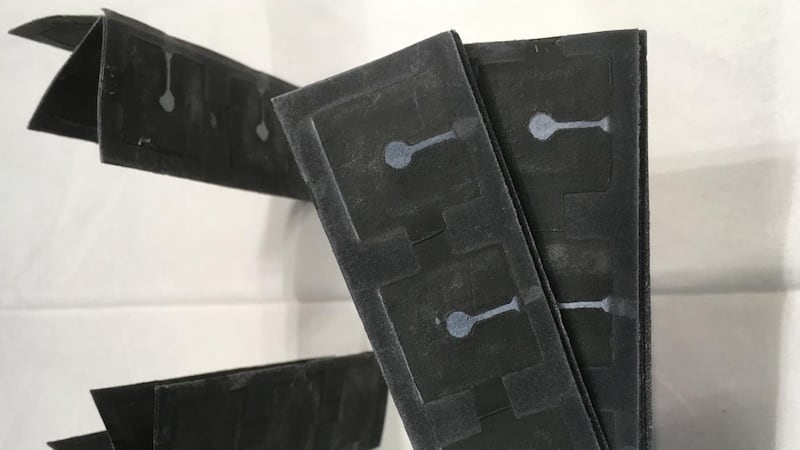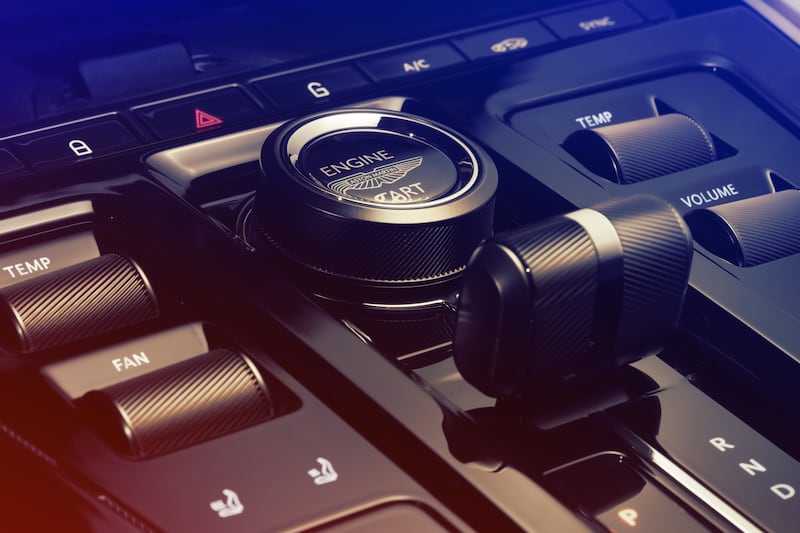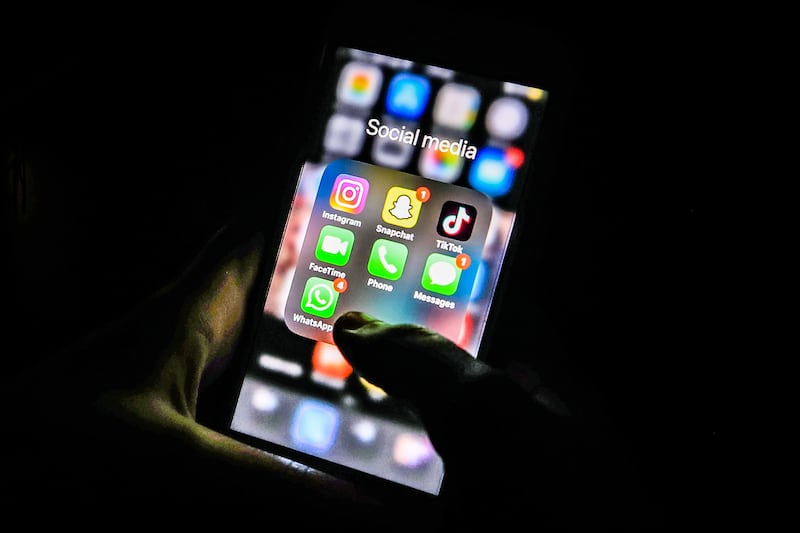A battery made from paper and powered by bacteria and spit could be a cheap, eco-friendly alternative to currently available commercial counterparts, according to scientists.
The prototype, created by the State University of New York, Binghamton, US, is for single use and has a shelf-life of about four months.
The team says its bio-battery, which uses electron-harvesting bacteria to generate power, could be helpful in remote areas of the world where electricity is a luxury.
Dr Seokheun Choi, a researcher at the university, said: “Paper has unique advantages as a material for biosensors.
“It is inexpensive, disposable, flexible and has a high surface area. However, sophisticated sensors require a power supply.”
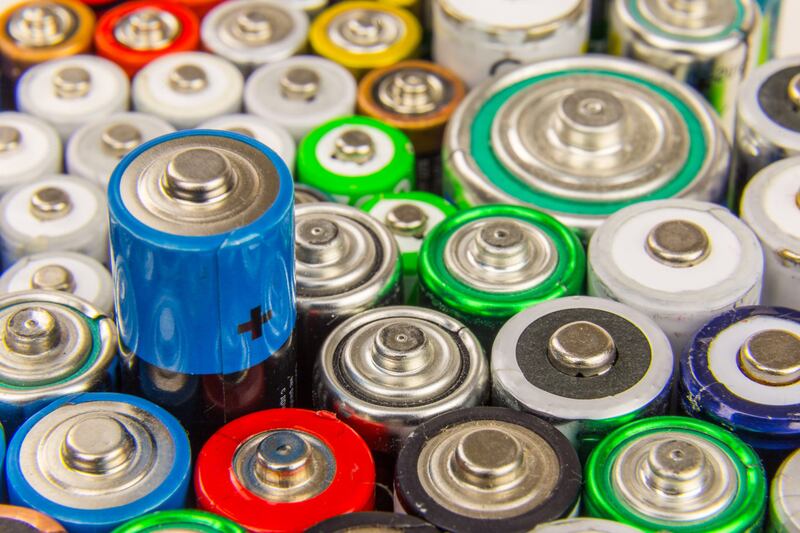
Many commercial batteries contain toxic metals such as lead, cadmium, mercury and lithium, which are hazardous waste and pose threats to the environment as well as human health if they are not properly disposed.
Dr Choi added: “Commercial batteries are too wasteful and expensive, and they can’t be integrated into paper substrates.
“The best solution is a paper-based bio-battery.”
Dr Choi, who has been working on bio-batteries for more than half a decade, has previously developed paper-based biosensors that were able to help in diagnosis of diseases and detect contaminants in the environment by simply changing colour.
The team said for its latest battery, it wanted to use biosensors that were more sophisticated than a simple colour change.
The researchers printed thin layers of metals and polymers on to a paper surface and placed freeze-dried exoelectrogens – bacteria that harvest electrons which can move outside of their cells – on it.
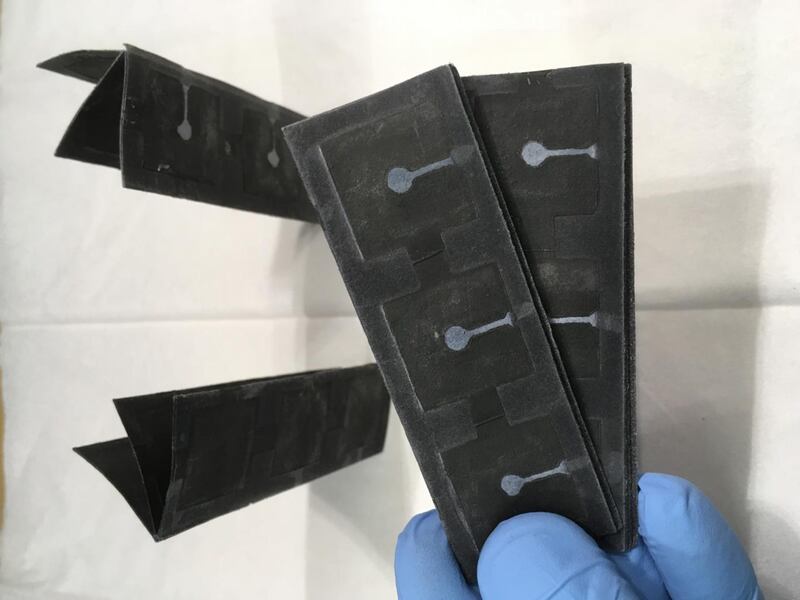
The electrons, which are generated when the bacteria make energy for themselves by cellular respiration, are able to interact with other components of the battery.
The researchers activated their prototype battery using water or saliva, which revived the bacteria from its freeze-dried state.
Within a couple of minutes, the liquid revived the bacteria, which produced enough electrons to power a light-emitting diode and a calculator, the team said.
The researchers are working to improve the survival and performance of the freeze-dried bacteria so their batteries can have a longer shelf-life.
Dr Choi has applied for a patent for the battery and is currently seeking industry partners for commercialisation.
The findings were presented at the 256th National Meeting & Exposition of the American Chemical Society.
